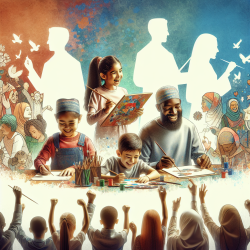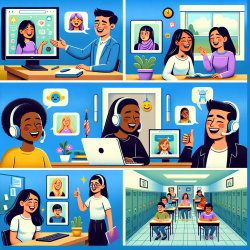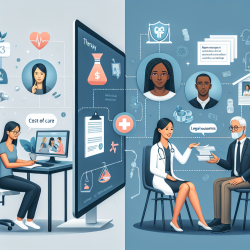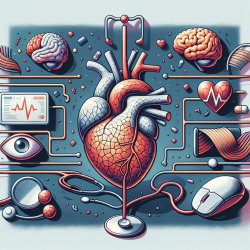Introduction
Osteogenesis Imperfecta (OI), often known as brittle bone disease, affects approximately 1 in 10,000 individuals in North America. This rare genetic disorder leads to fragile bones and varying degrees of physical limitations. While medical treatments focus on reducing bone fragility, the lived experiences of children with OI often remain invisible to healthcare providers (HCPs). A recent study titled The moral experiences of children with osteogenesis imperfecta sheds light on these experiences, emphasizing the importance of children's participation in their care.
The Role of Art-Making
The study highlights art-making as a powerful tool for facilitating children's participation in healthcare discussions. Art-making allows children to express their thoughts and feelings in a non-verbal, inclusive manner, bridging the gap between their actual and desired participation in care. This approach not only empowers children but also provides valuable insights for HCPs to tailor their care practices.
Key Findings
- Children with OI expressed a strong desire to participate in their healthcare decisions but often lacked the necessary resources and encouragement.
- Art-making facilitated children's self-expression, helping them communicate their values, beliefs, and preferences effectively.
- Healthcare providers can enhance children's moral experiences by integrating art-making and educational resources into their practice.
Implications for Practitioners
For practitioners, the study underscores the importance of recognizing and valuing children's voices in healthcare settings. By incorporating art-making into therapy sessions, practitioners can create a supportive environment where children feel heard and empowered. This approach not only improves children's participation but also enhances their overall well-being and moral agency.
Encouraging Further Research
The findings of this study open avenues for further research into the use of art-making in pediatric healthcare. Practitioners are encouraged to explore innovative ways to integrate art-based methods into their practice, fostering a more inclusive and participatory healthcare environment for children with OI and other chronic conditions.
Conclusion
Art-making serves as a bridge to empower children with OI, enhancing their participation and moral experiences in healthcare. By embracing this approach, practitioners can create positive outcomes for children, aligning with their values and beliefs. To delve deeper into the original research, please follow this link: The moral experiences of children with osteogenesis imperfecta.










